Fossils
by Lourenço Soares
The section Fossils is composed of publications chosen from the Volumes archive and my library, creating a dialogue be-tween my current research and that of the artists present in Volumes.
This work focuses on Mesozoic knowledges and imaginaries. In it, the dinosaur is thought of as a natural-cultural object that accompanies the development of political ideologies in narratives of power, gender, the free market, obsolescence, and extinction. This research departs from a history of science that understands nature as a political space where human social relations are mirrored: scientists’ cultural biases are projected into the phenomena they observe and describe; knowledge from the natural sciences legitimates forms of social organization (Haraway).
Fossils traces some of the political imaginaries associated with dinosaurs. FIG. NATURAL HISTORY On the table from the left, the books are organized around the idea of natural history: taxonomies, encyclopedias, and museums. In western modernity, natural history was a fundamental tool in the project of domination and control over nature. The history of scientific research is entangled with that of imperialism and commerce. Some of the publications propose new taxonomies and use the logic of classification to subvert them. Others point to the materiality of minerals and fossils. FIG. OBSOLESCENCE The books trace loosely a history of dinosaur representation. The first type is the classic model and refers to tropes in de- pictions from the first half of the 20th century where dinosaurs are presented as “the slow, stupid giant that is incapable of adapting to any sort of change” (W.J.T. Mitchell). Their image is a symbol of obsolescence and scientific explanations for their extinction become moral justifications for the proper role of progress and competition. In this section, there are some books about cars, disasters, and household appliances. FIG. COWBOY The painting of a Tarbosaurus unfolds a reflection on masculinity. The figure of the cowboy is important in the adventurous universe of male paleontologists. Some of the most important paleontological findings made during the 19th and 20th centuries happened in the landscapes of the american West. This Western imagery sometimes bursts into the animal images themselves, like in the Tarbosaurus by Zdenek Burian, which poses like an invincible hero controlling his territory. Predictably, the books here focus on cowboys and the american landscape. FIG. NEOLIBERAL DINOSAUR Motivated by new paleontological theories (and — my suggestion — the rise of neoliberal capitalism) after the 70’s dinosaur imagery overly emphasized scenes of action, violence, and conflict. Such emphasis could also be explained by the interest of 20th-century western science in organizing nature on the logic of domination and competition. The dinosaurs from that period are portrayed as fast, smart, and voracious — like the market. The book State of Matter / Matter of State names multinational companies and lists the environmental crimes they are responsible for. FIG. BIRDS In contemporary taxonomies, birds are classified as dinosaurs that descend from theropods like t. rex. If in the first images dinosaurs were portrayed as heavy sluggish creatures doomed to extinction, now they are light, feathered, and alive.
FIG: SF’S The book All Yesterdays (and All Your Yesterdays available online) collects a series of images that test the potential of speculation in imagining different pasts. What is especially exciting about dinosaur representation (or more broadly Paleo Art: the representation of prehistoric life) is the importance and central role of speculation. From the start, the knowledge paleontologists deduce from fossils is very limited. Since mainly bones and footprints are fossilized, there is little evidence about physiological characteristics such as skin, flesh, and soft-body parts, but especially, there is little information about behavior and forms of social organization conserved in fossil records. Although some knowledge can be produced using scientific methods, a big part belongs to the realm of speculation: science fiction in a strict sense. There are currently many artists and scientists stressing this aspect and developing surprising representations of Mesozoic life. Such artists like to describe their work as ‘informed speculation’ (probably to distance themselves from fantasy) and base their propositions on observations from animals living today. In many of these recent images, there is an interest for scenes of symbiosis, cooperation, play, curiosity, and care. This could be explained by new findings and technical developments but also by the diversification of artists and scientists contributing to these images.
LOURENÇO SOARES (lives in Zürich) is a research-based artist working with epistemic ecologies.
Lourenço Soares showed the exhibition Fossils at Material Zürich from 1 to 9 October 2022.

| Title | Artist | Publisher | Dimensions | Pages | Year | |
|---|---|---|---|---|---|---|
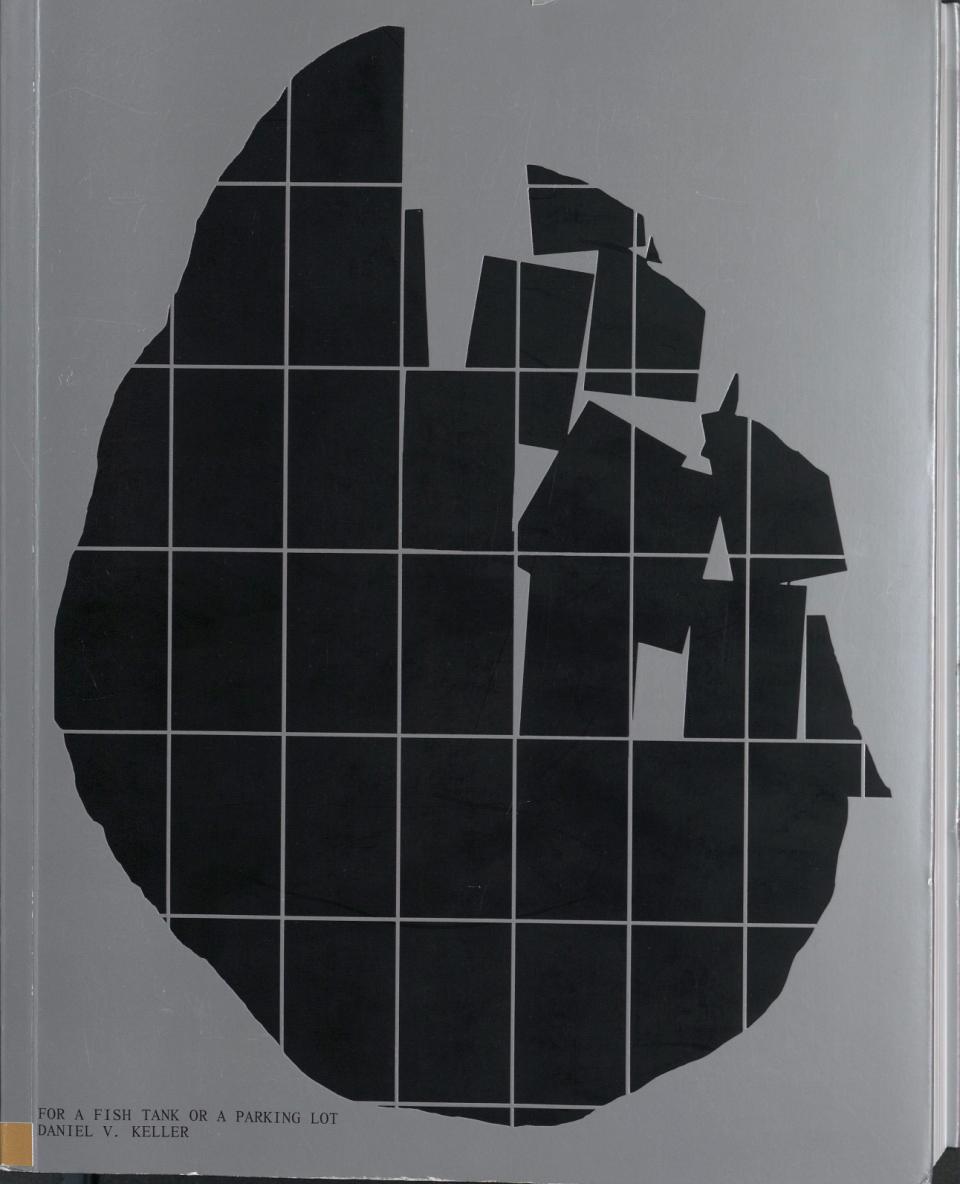
|
FOR A FISH TANK OR A PARKING LOT | Daniel V. Keller | Jungle Books | 270 × 215 mm | 512 | 2018 |
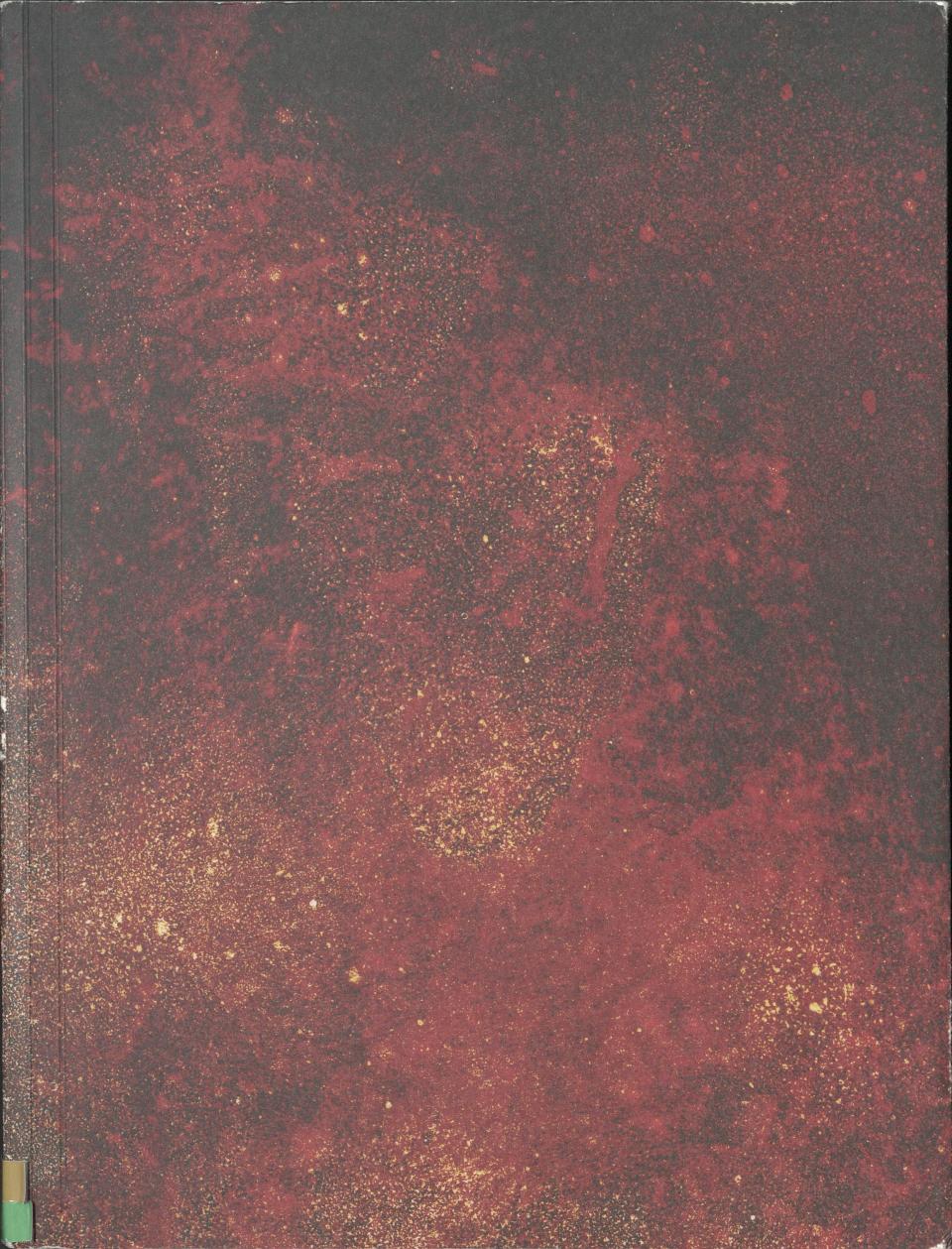
|
Lassen | Małgorzata Stankiewicz | Meta / Books | 300 × 228 mm | 192 | 2015 |
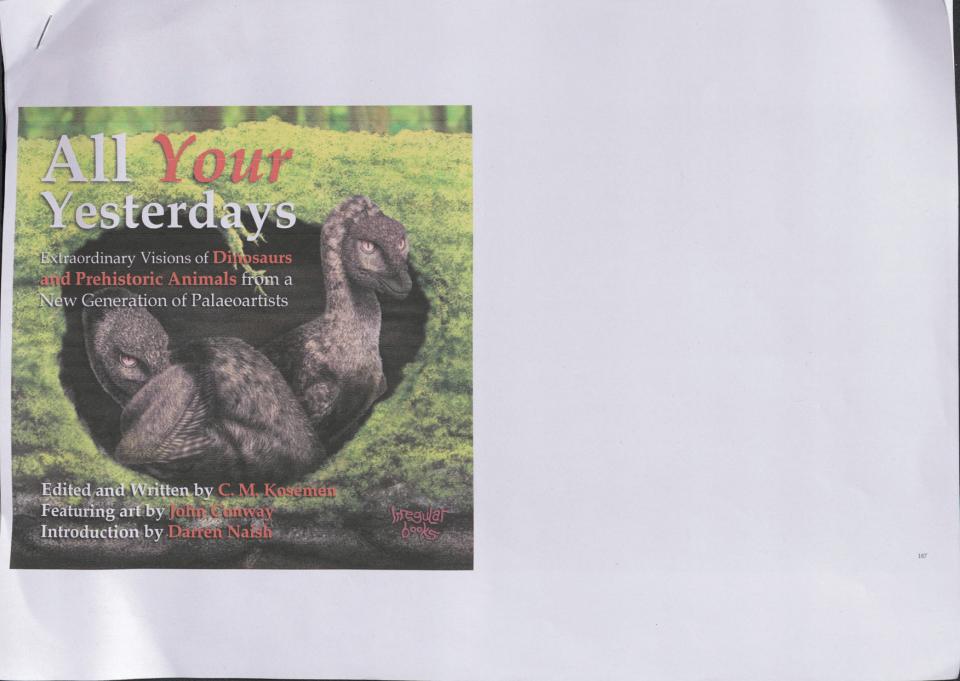
|
All Your Yesterdays | John Conway, C.M. Kosemen, Darren Naish | Irregular Books | 296 × 210 mm | 5 | |
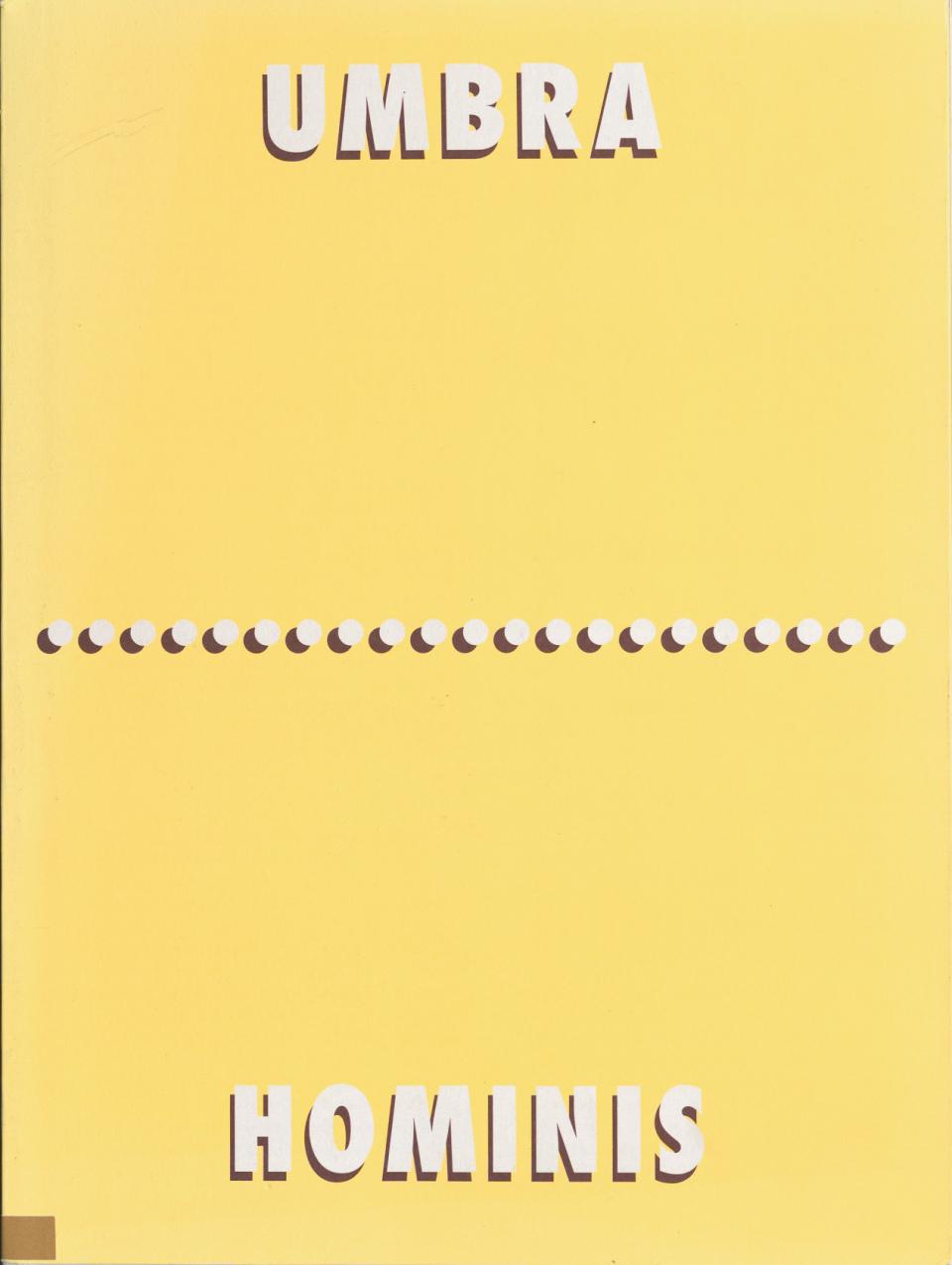
|
Umbra Hominis | Peo Olsson, Samuel Nyholm | Null & Void Books | 285 × 215 mm | 200 | 2014 |
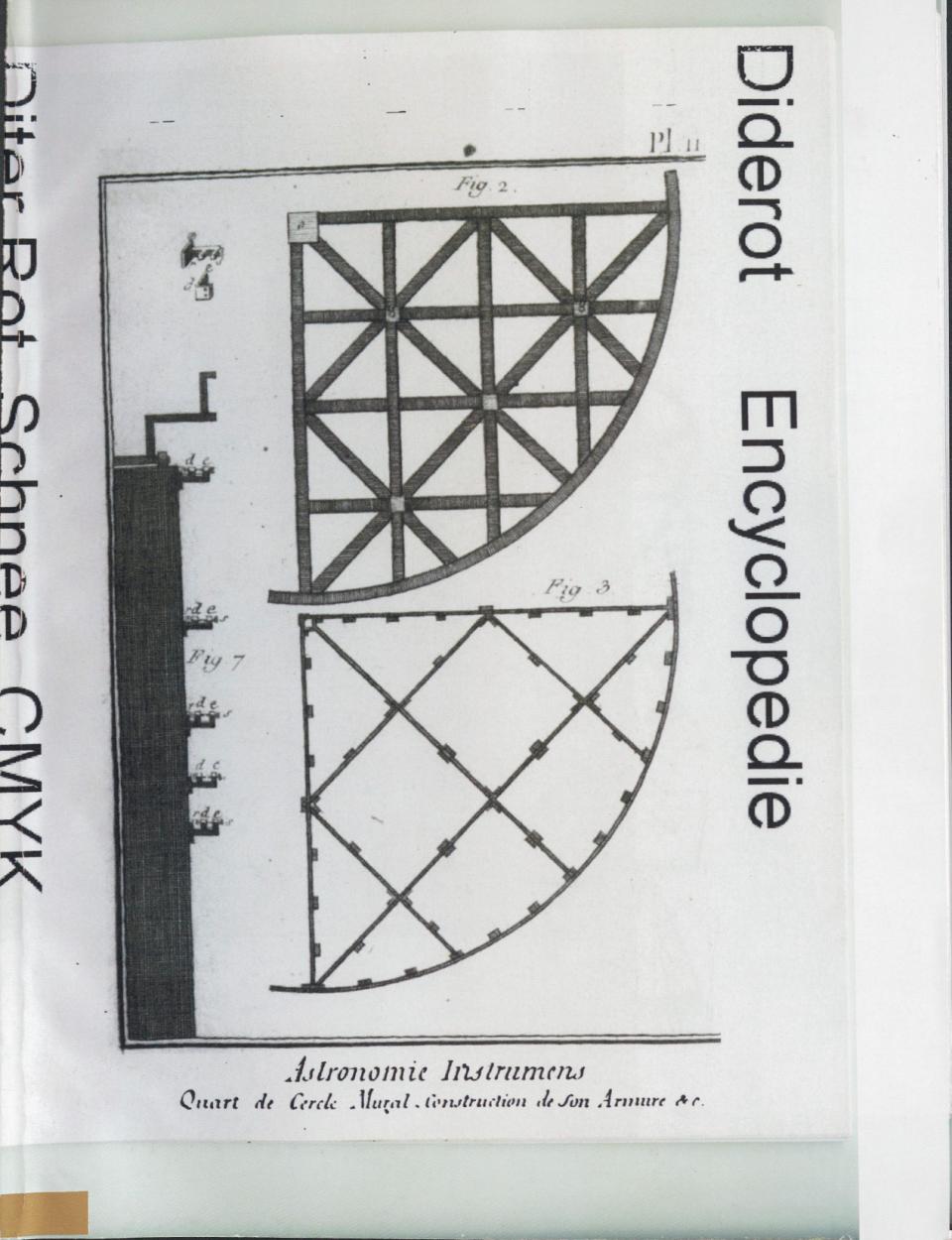
|
Dieter Roth Schnee CMYK & Diderot Encyclopedie | David Procuniar | David Procuniar | 280 × 215 mm | 60 | 2021 |
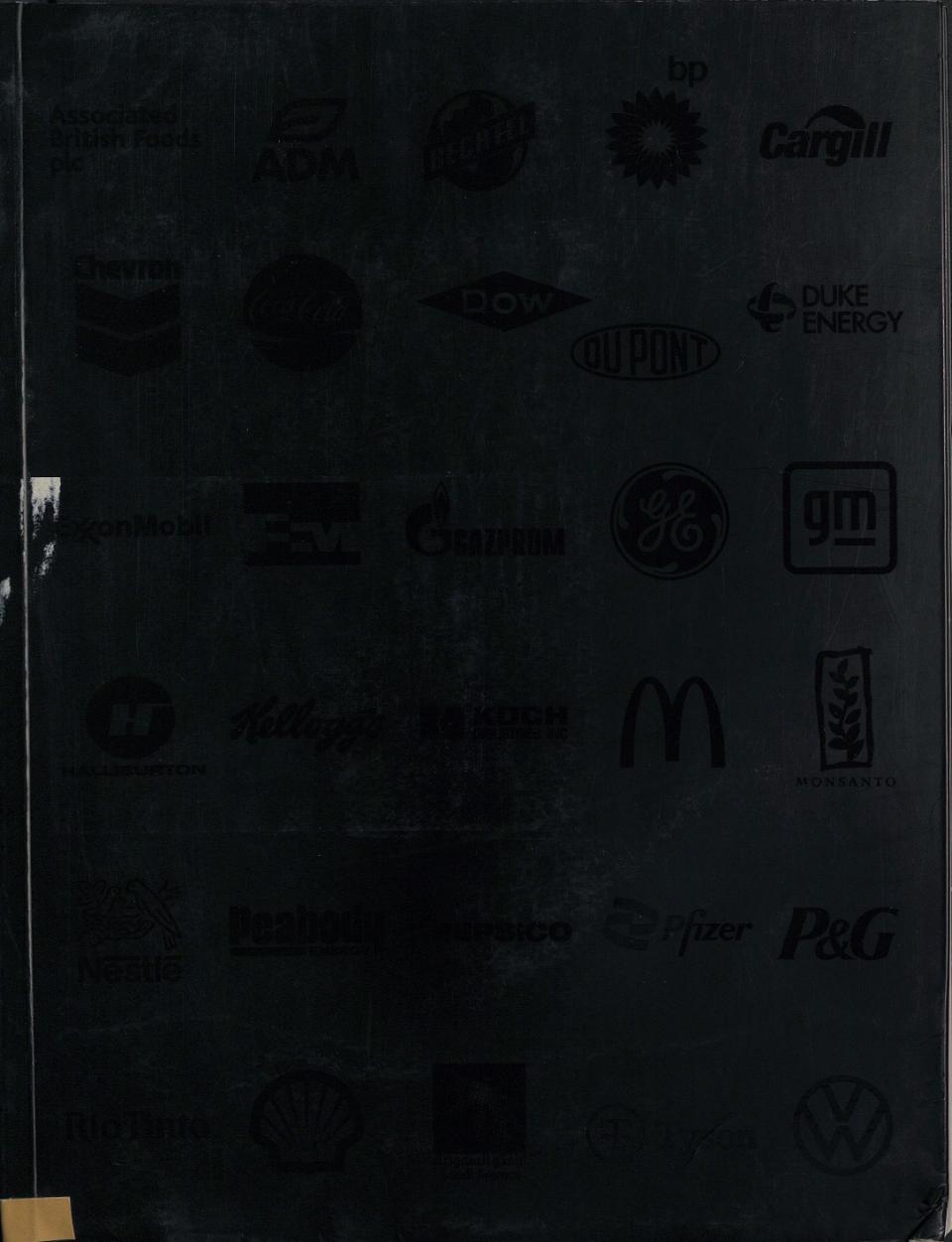
|
STATE OF MATTER / MATTER OF STATE | Mario Zamorra | Mario Zamorra | 280 × 210 mm | 182 | 2021 |
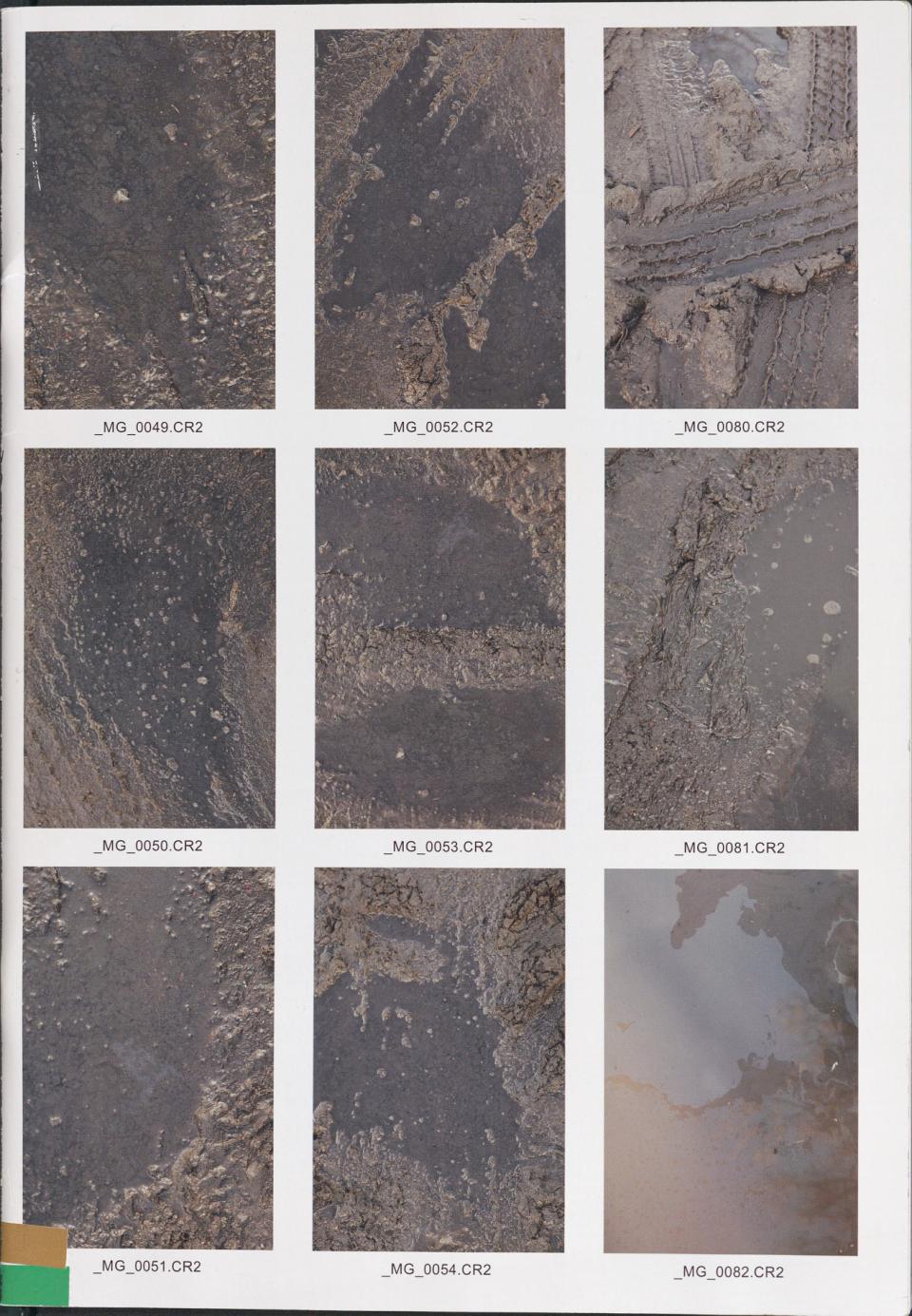
|
Wondelgemse Meersen | Stepahnie Kiwitt | Kodoji Press | 320 × 225 mm | 52 | 2012 |
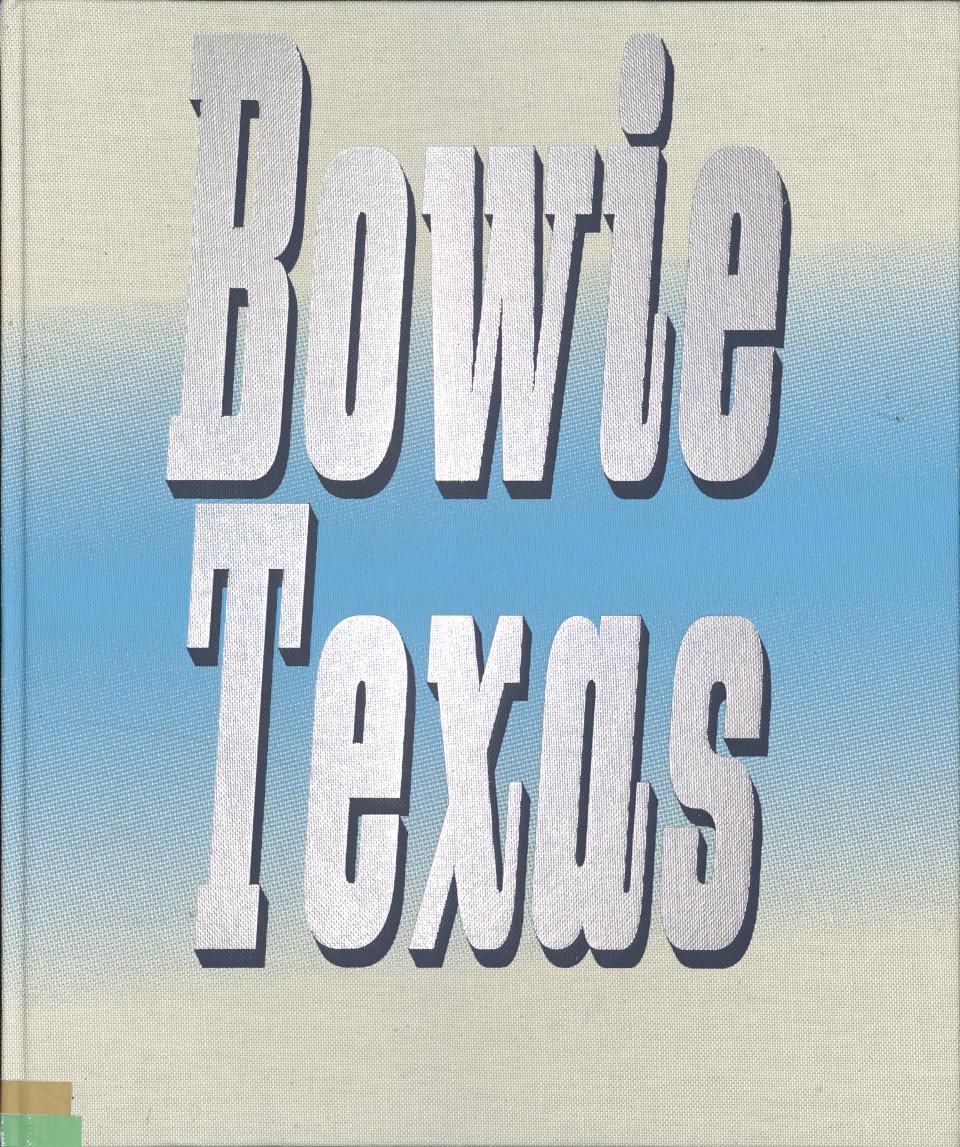
|
Bowie Texas | Pierluigi Macor | Edition Patrick Frey | 340 × 285 mm | 190 | 2018 |
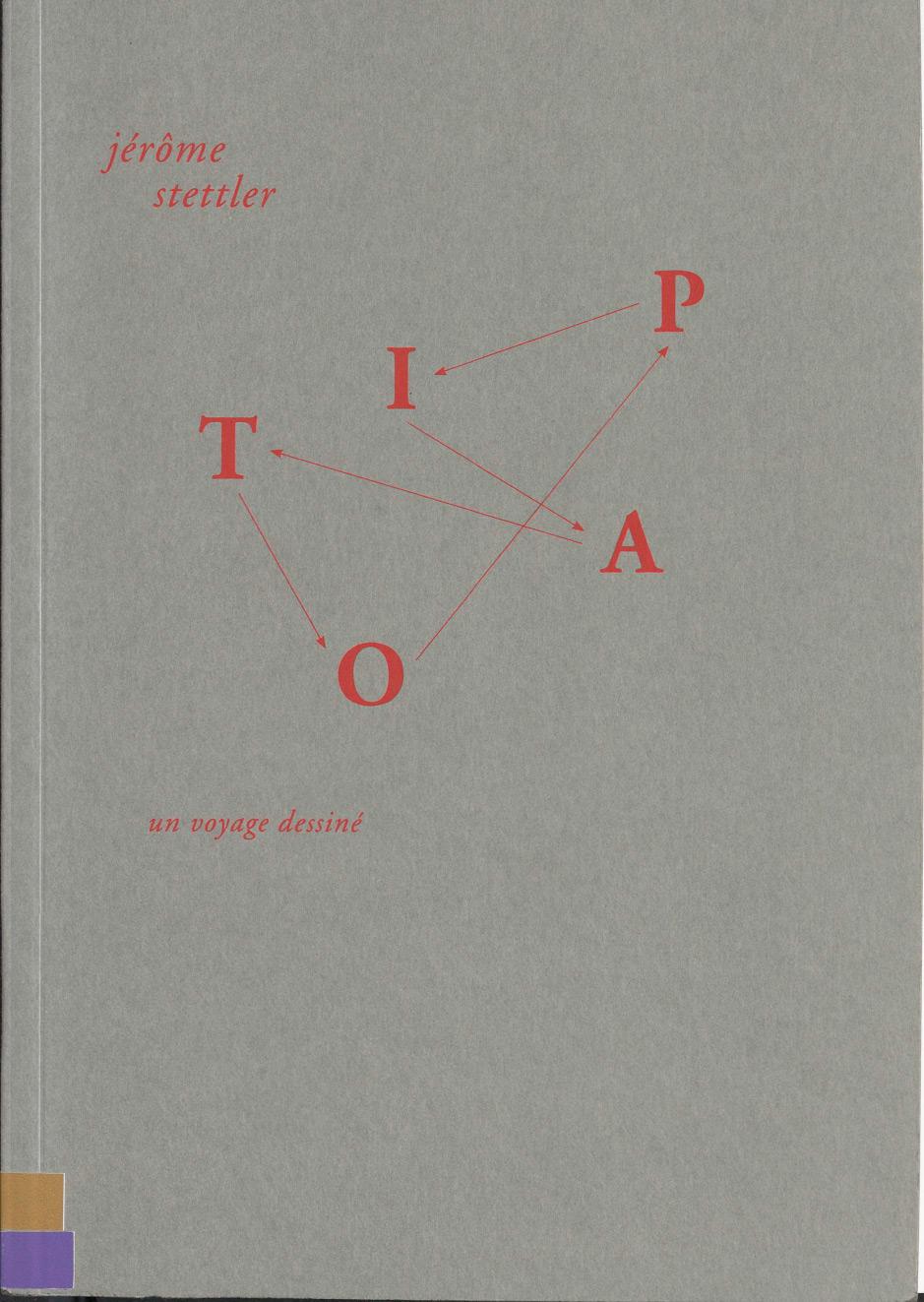
|
Topia. Un voyage dessiné | Jérôme Stettler | art&fiction | 225 × 160 mm | 152 | 2020 |
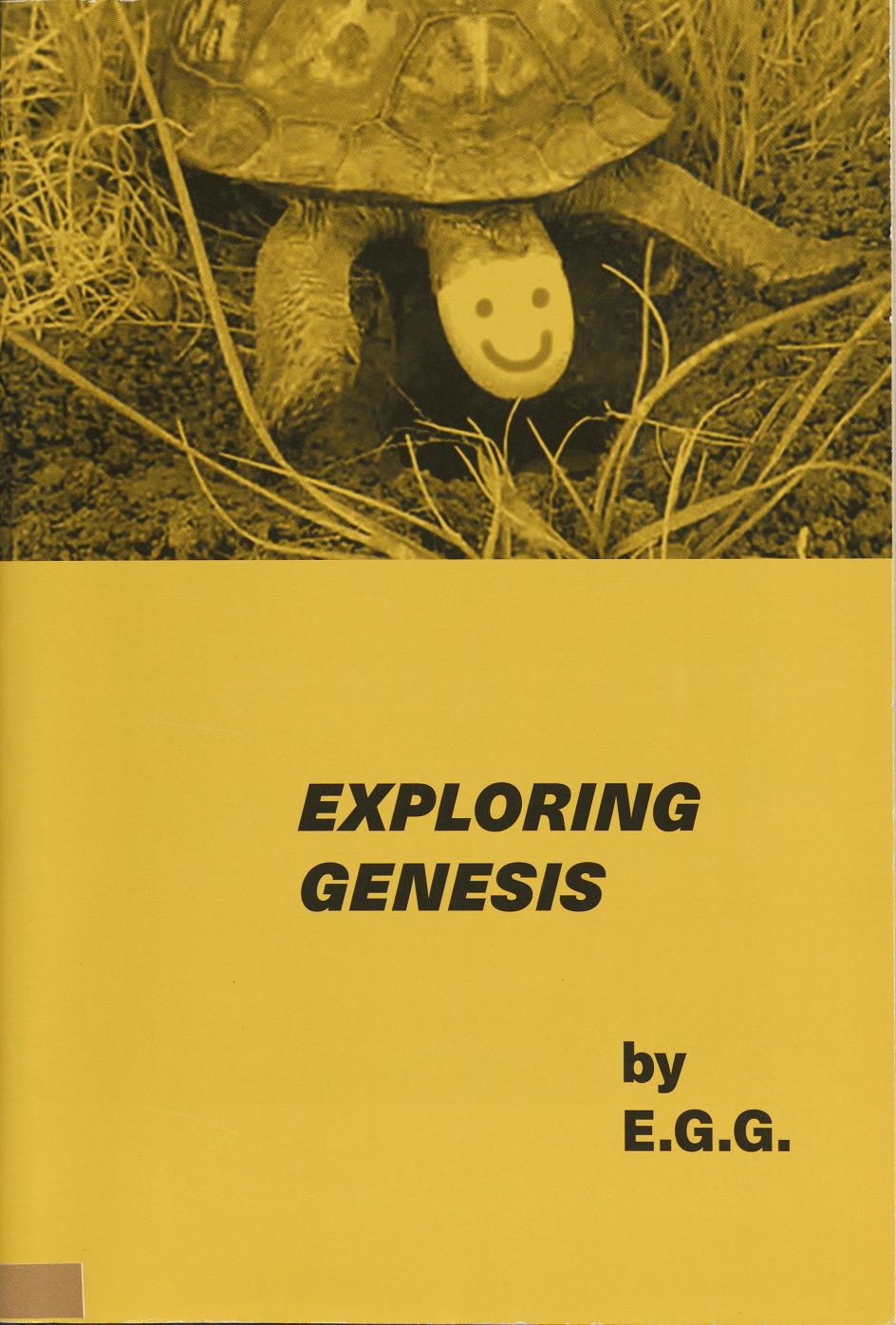
|
Exploring Genesis | e.g.g. exploded generation group | Innen | 235 × 165 mm | 48 | 2016 |
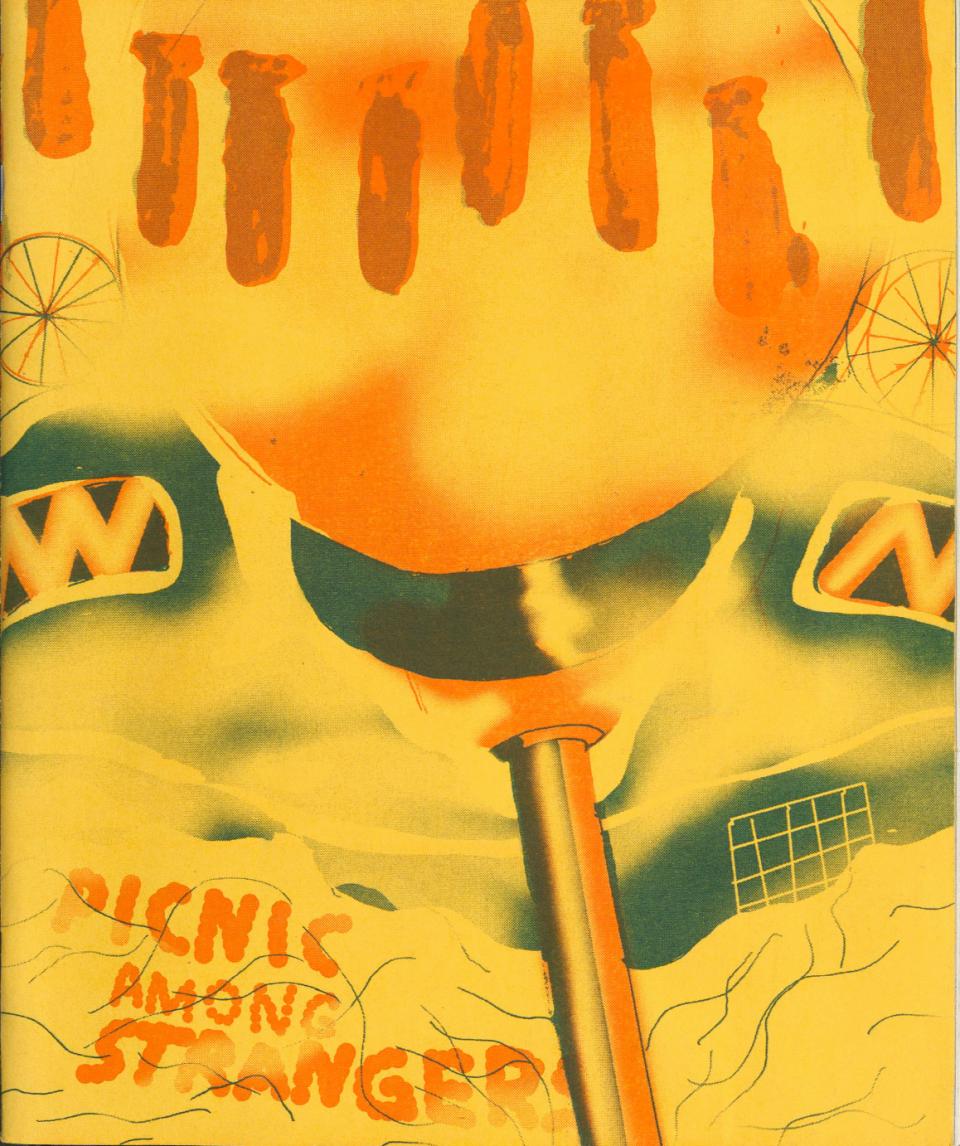
|
Picnic Among Strangers | Michel Ziegler | Rainbow Press | 235 × 198 mm | 46 | 2013 |
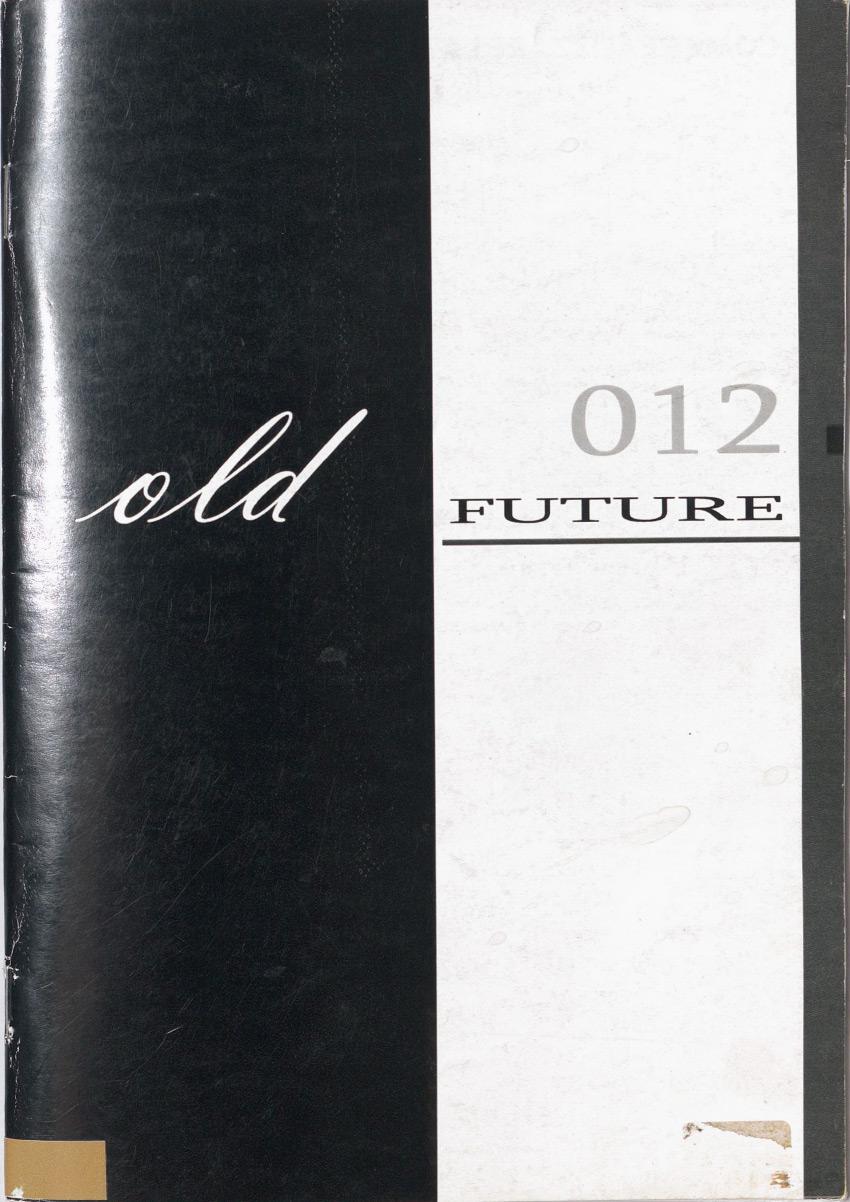
|
old, future | 205 × 145 mm | 52 | |||
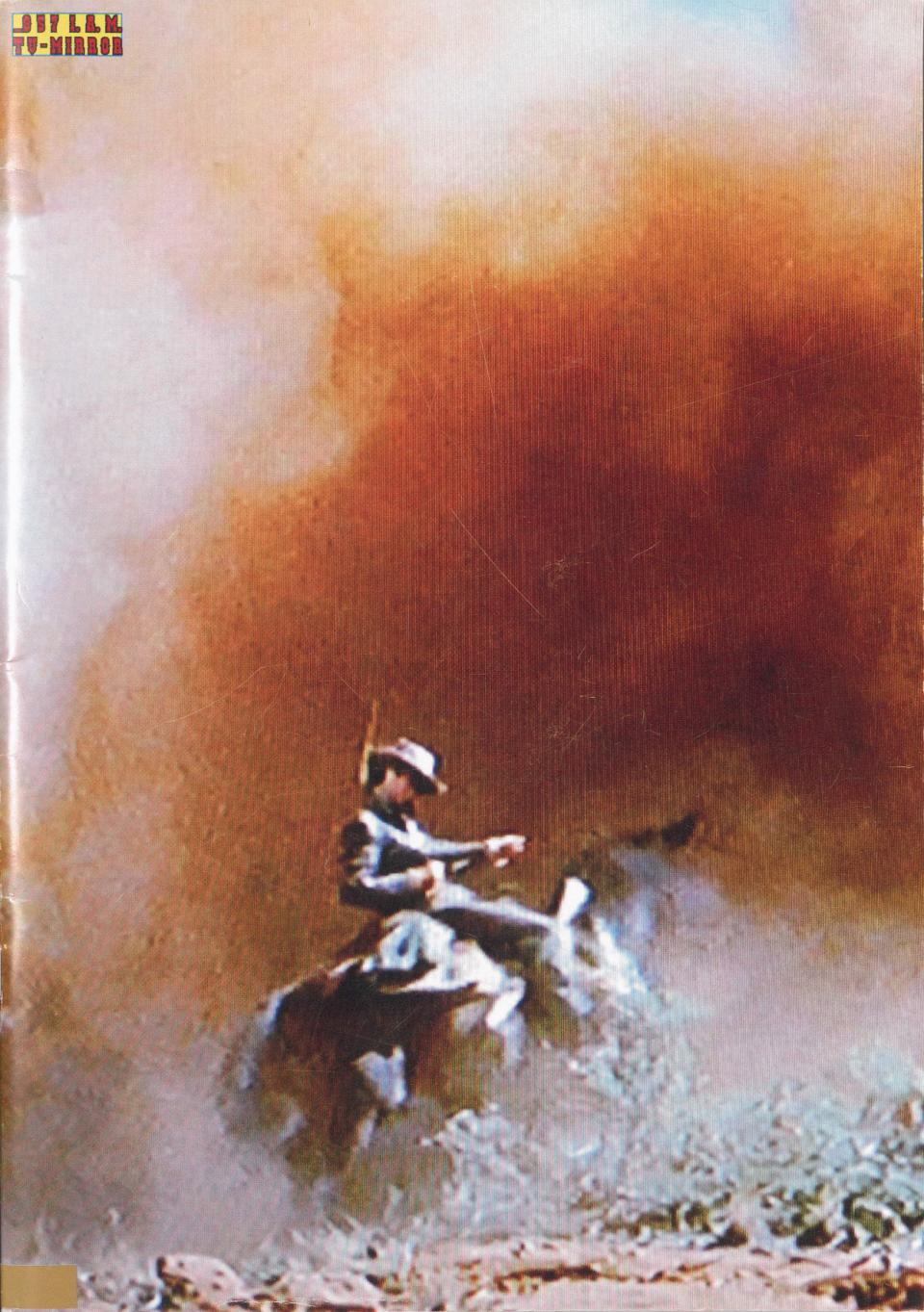
|
TV-Mirror | Beat Bracher | _957 Independent Art Magazine | 296 × 210 mm | 20 | 2016 |
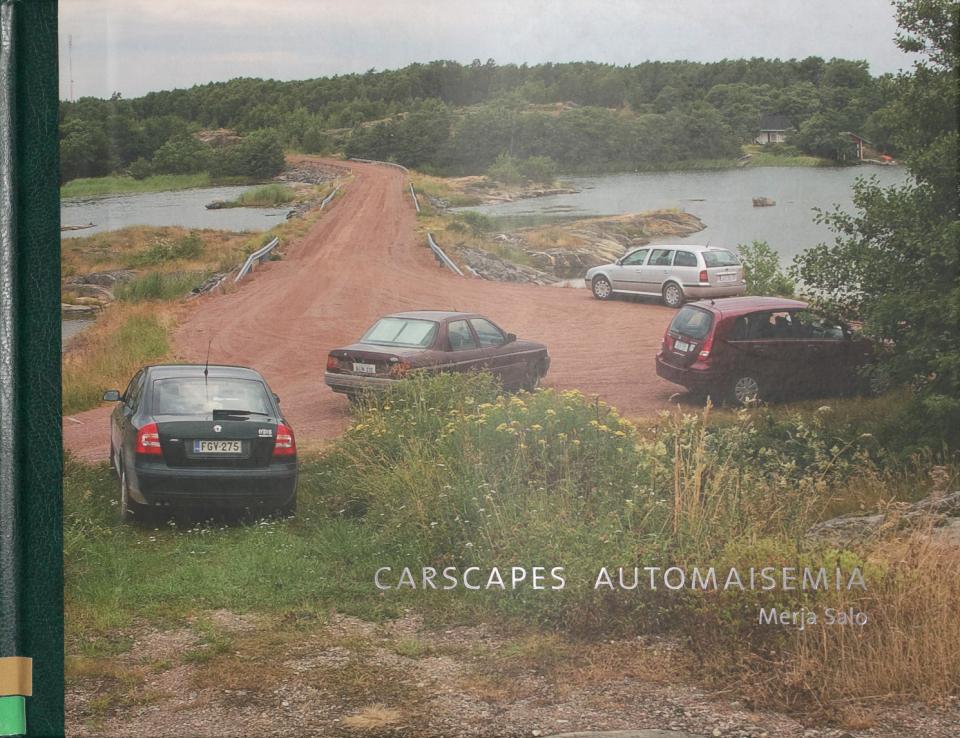
|
Carscapes | Merja Salo | Edition Patrick Frey | 195 × 255 mm | 174 | 2011 |
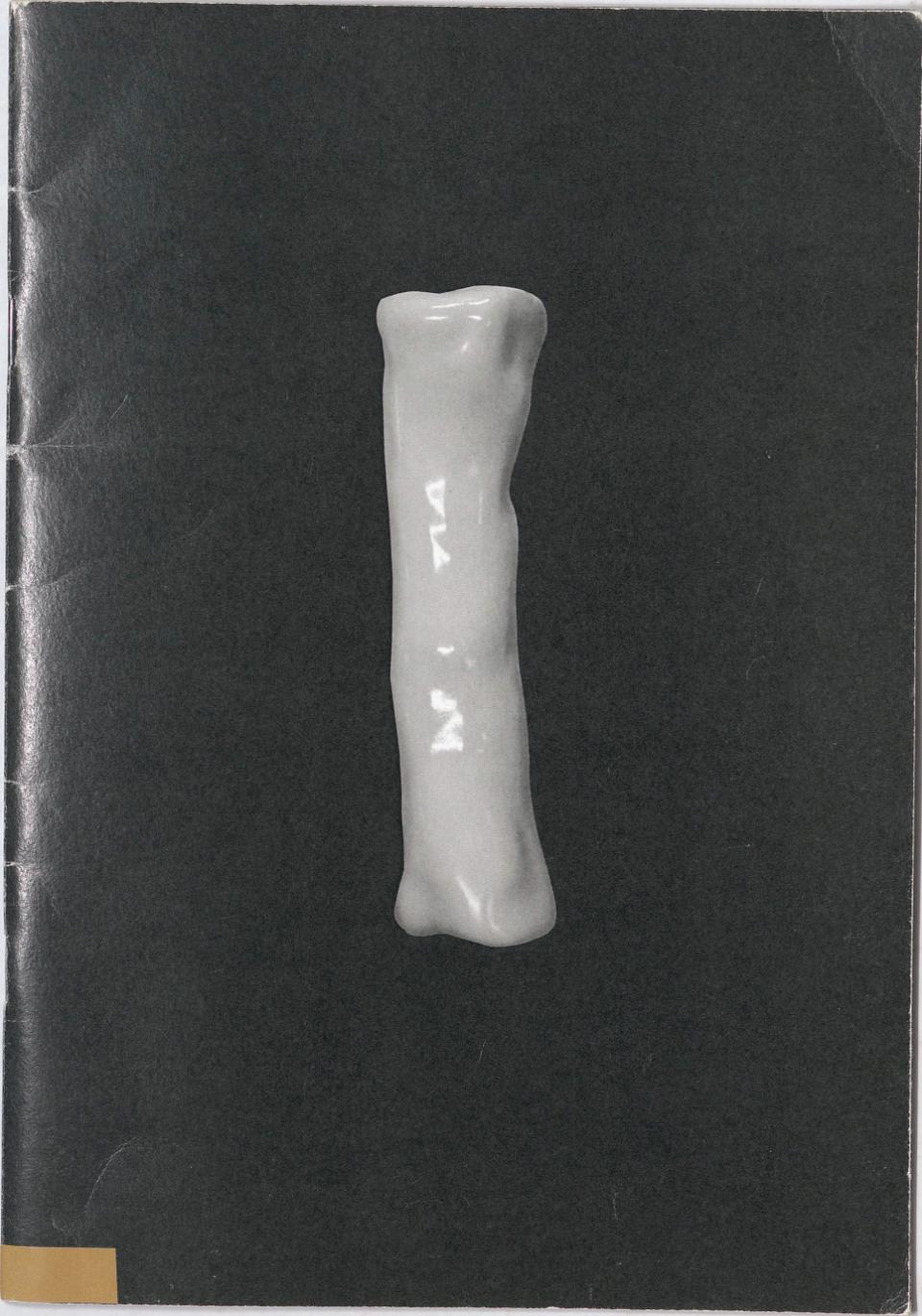
|
One whole breath | Claudia Stöckli | Claudia Stöckli | 230 × 160 mm | 24 | 2017 |
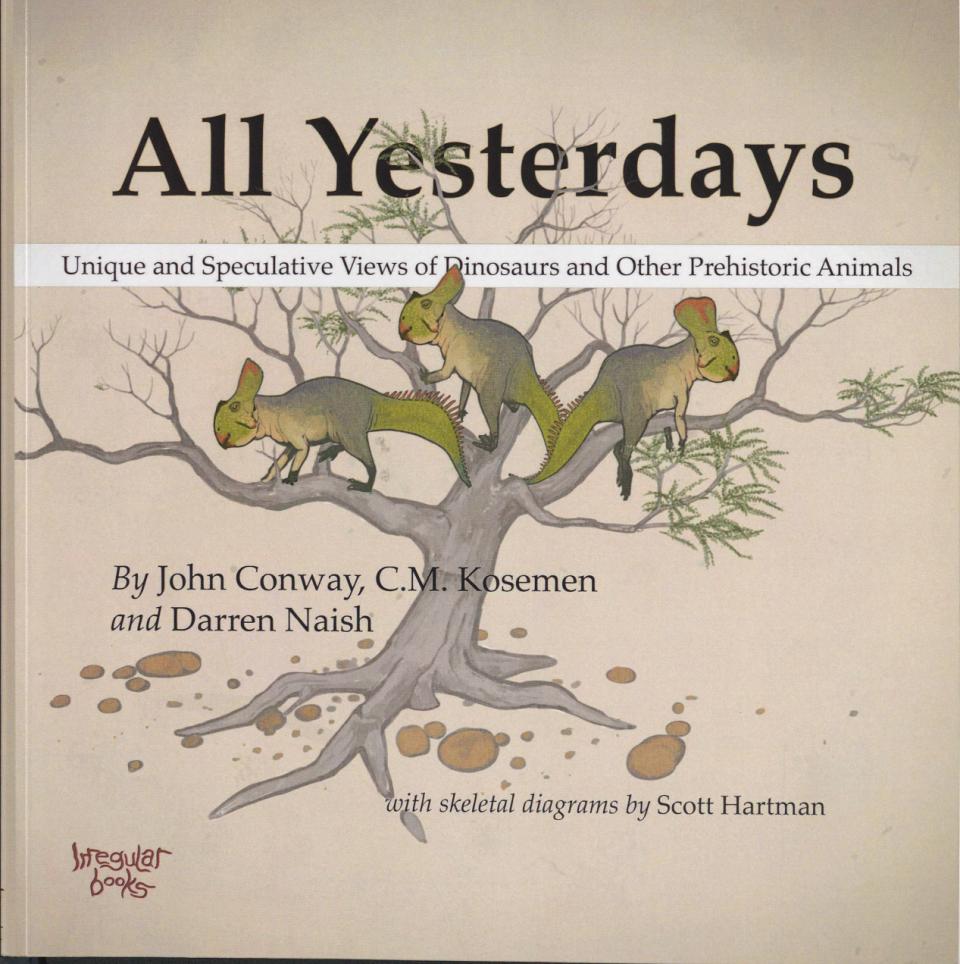
|
All Yesterdays | John Conway, C.M. Kosemen, Darren Naish | Irregular Books | 215 × 215 mm | 100 | 2012 |
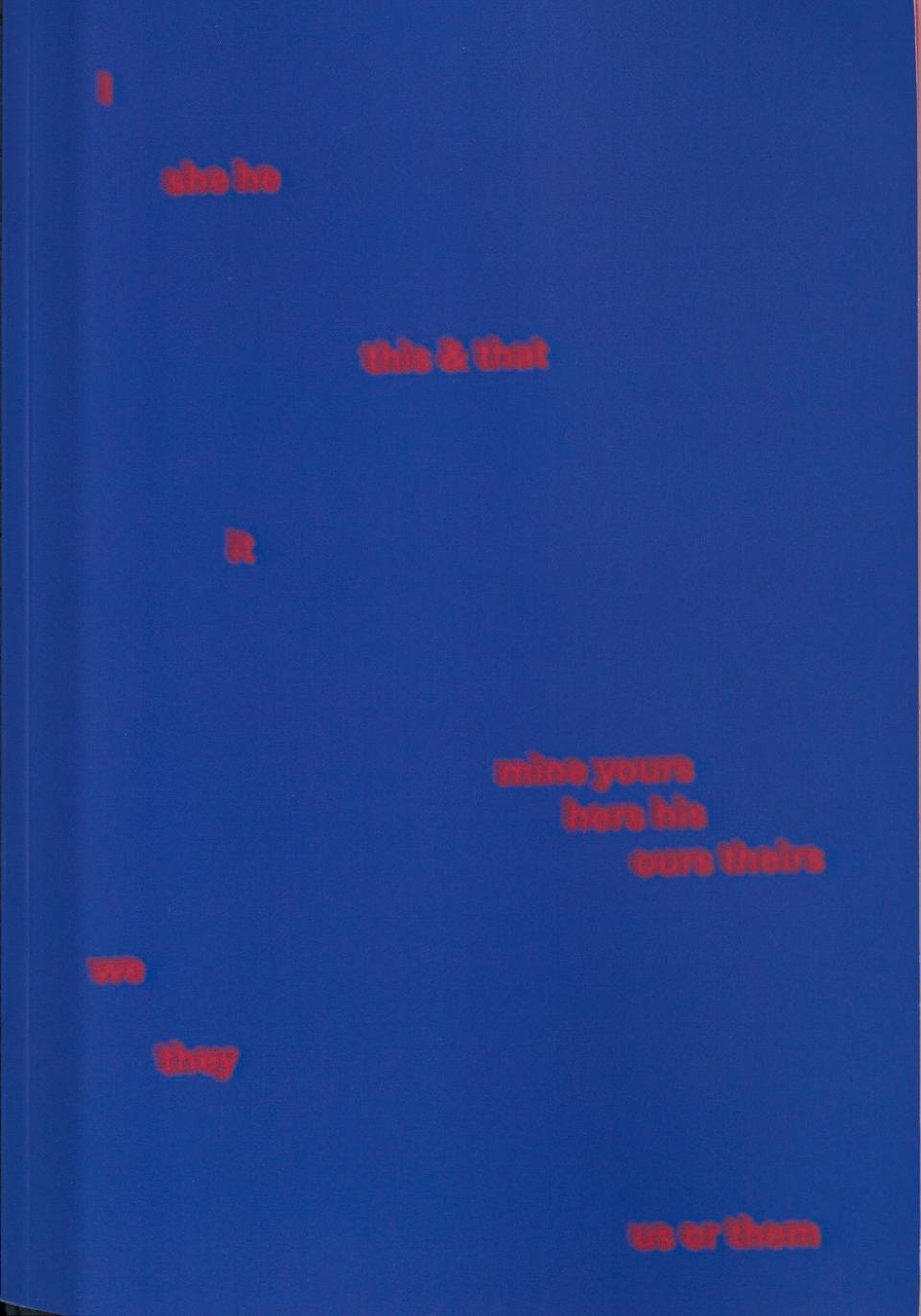
|
Pronoun Ecologies | Lourenço Soares | Lourenço Soares | 240 × 170 mm | 72 | 2021 |
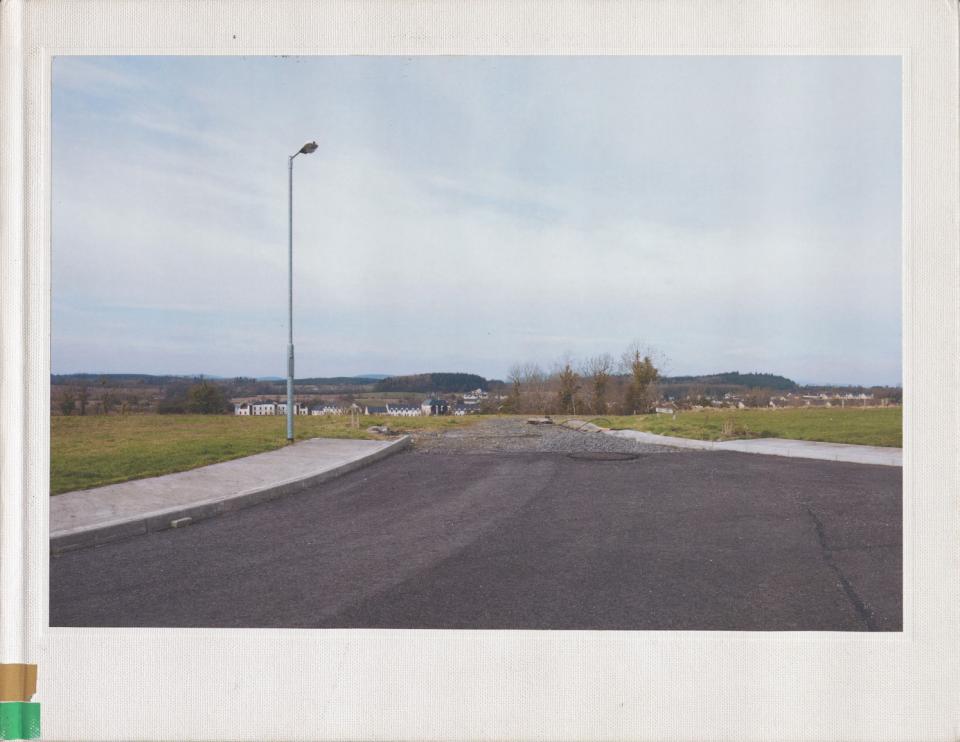
|
Ghost Estates | Valérie Anex | Les Editions d'Uqbar | 185 × 255 mm | 80 | 2013 |
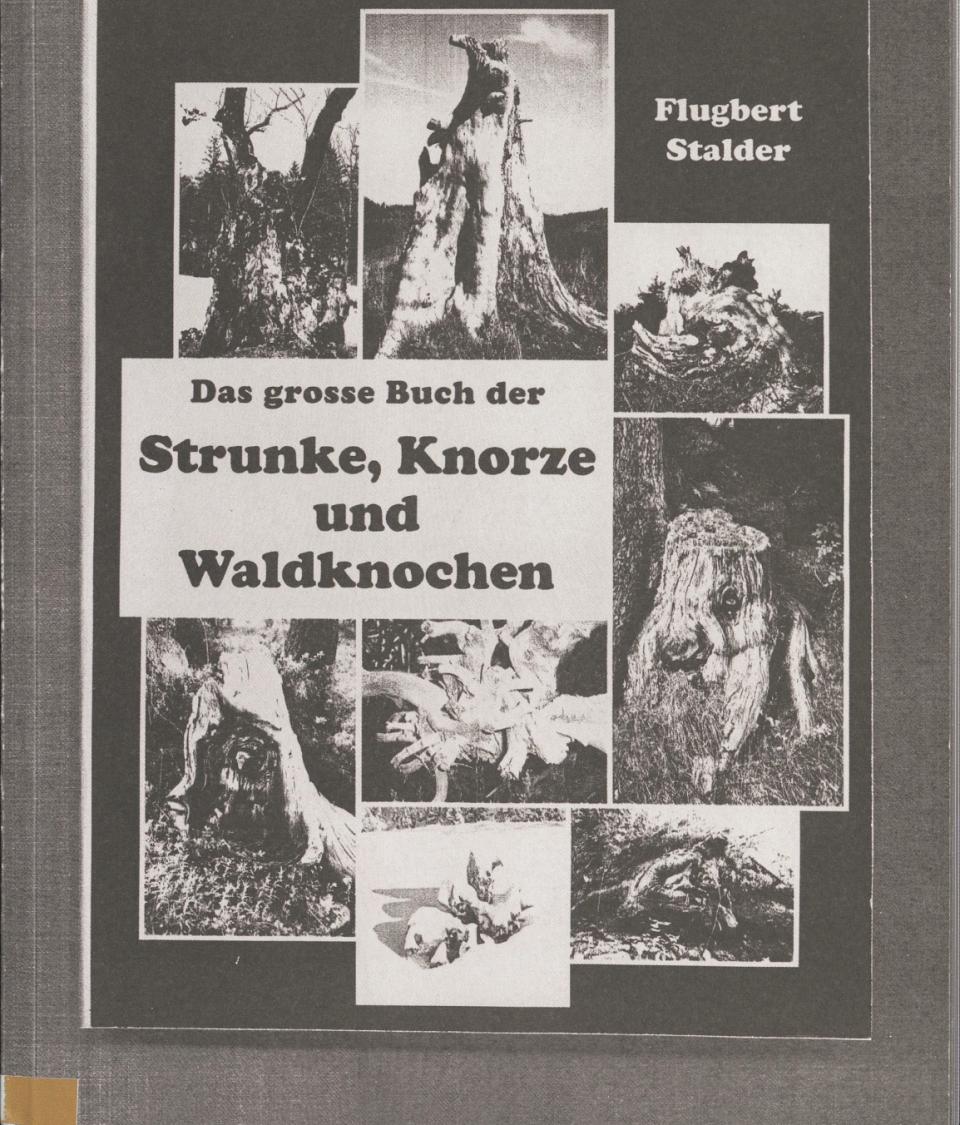
|
Das grosse Buch der Strunke, Knorzen und Waldknochen | Flugbert Stalder | Nieves | 255 × 195 mm | 96 | 2012 |
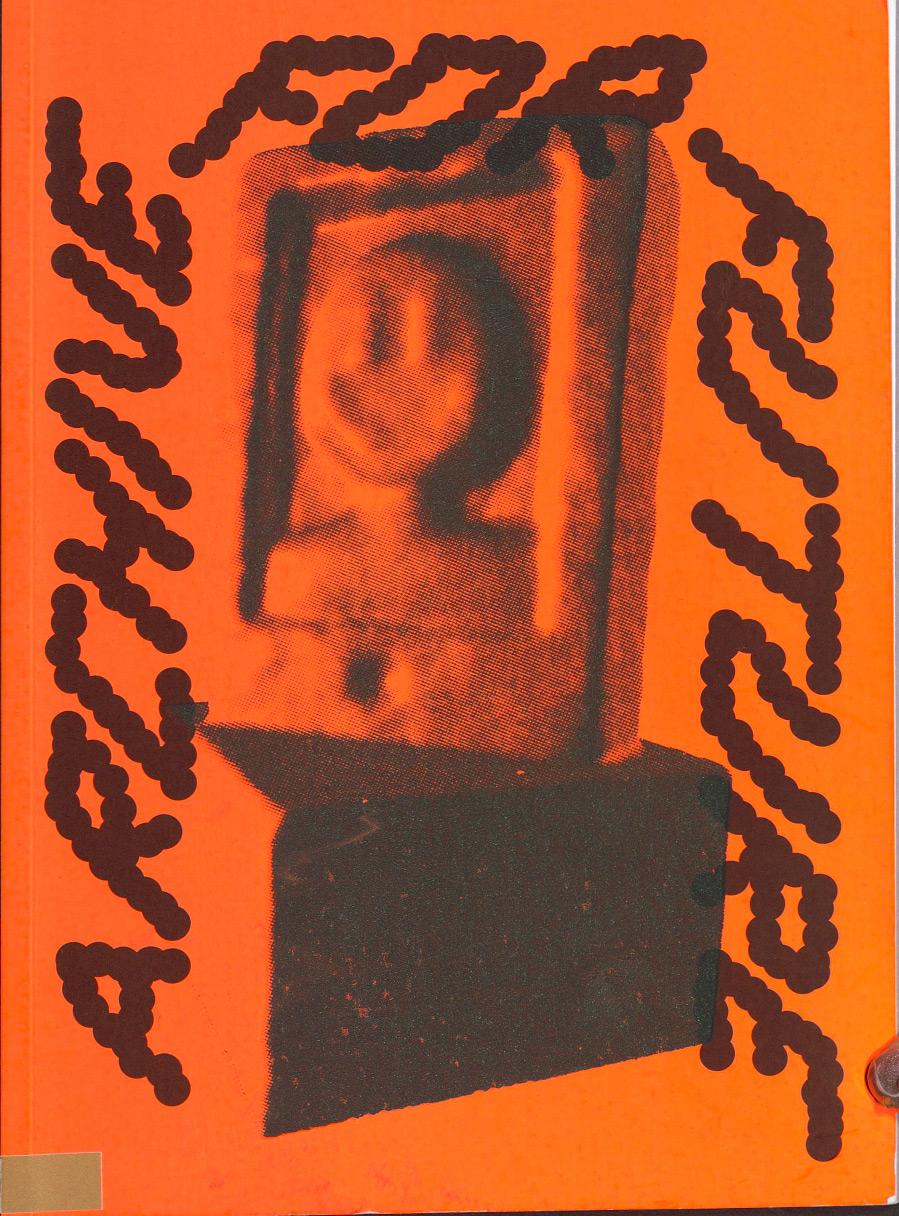
|
Archive for Future | Florian Maritz | Turbo Press | 210 × 148 mm | 116 | 2021 |